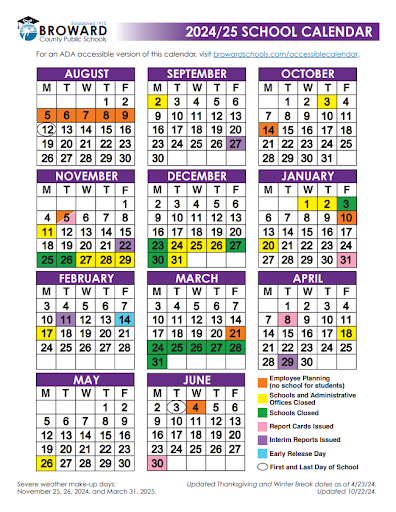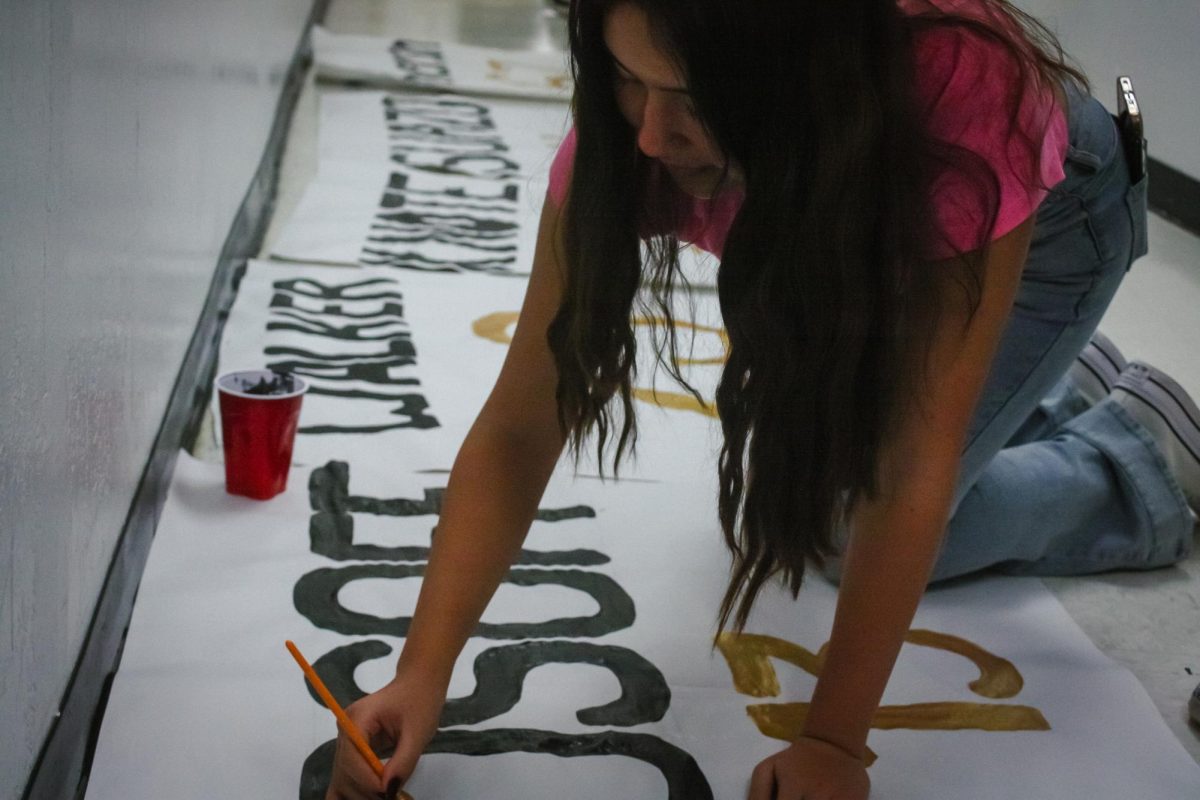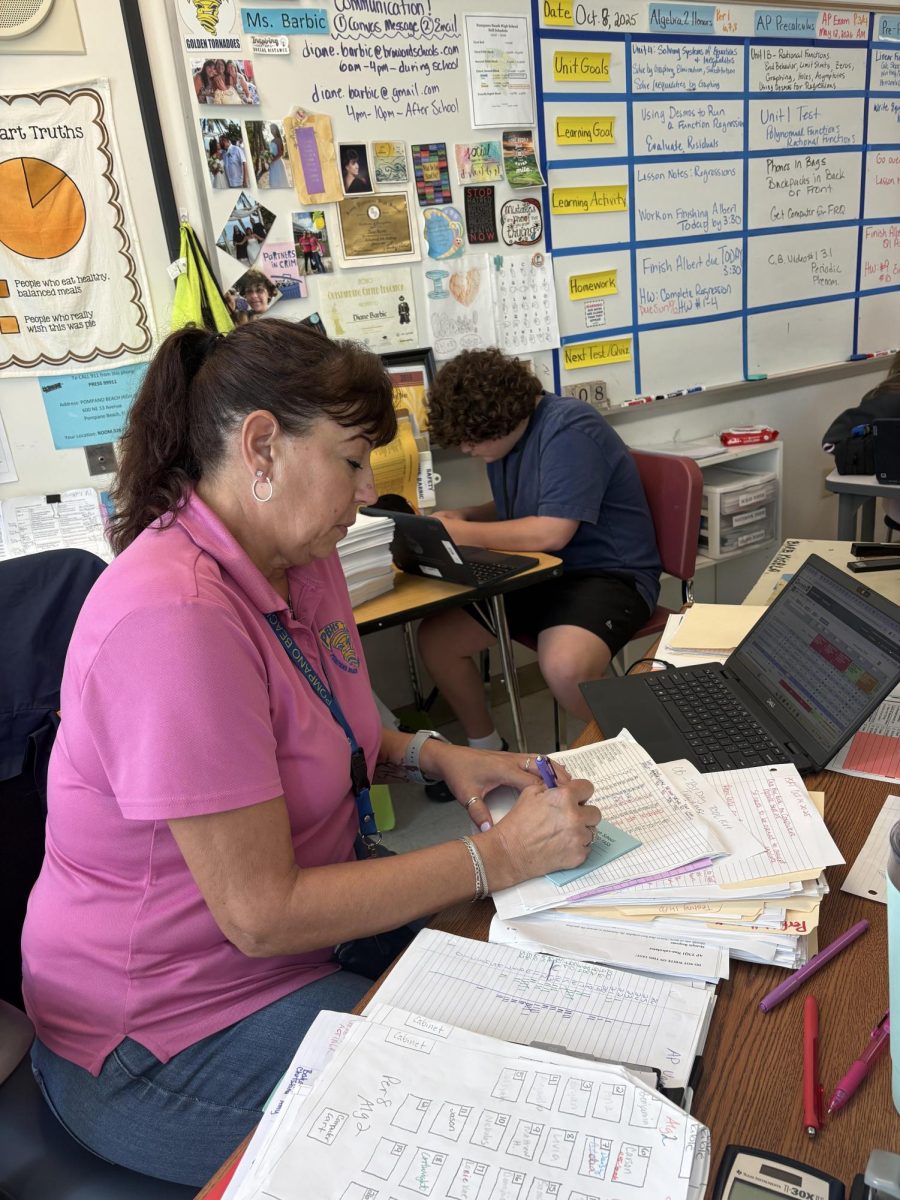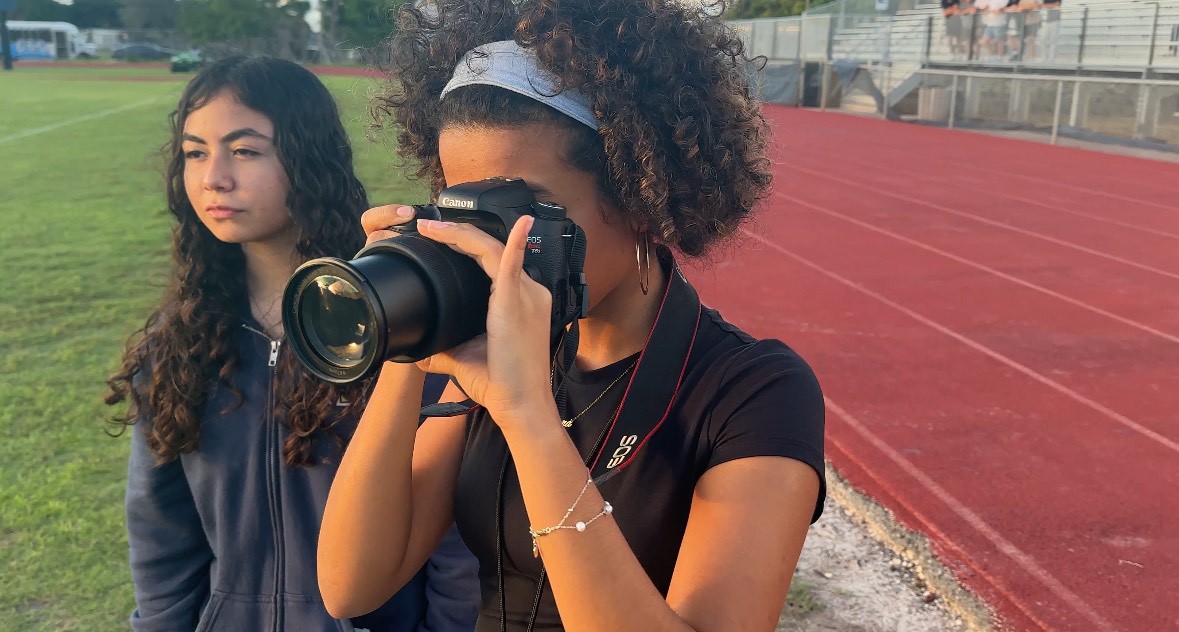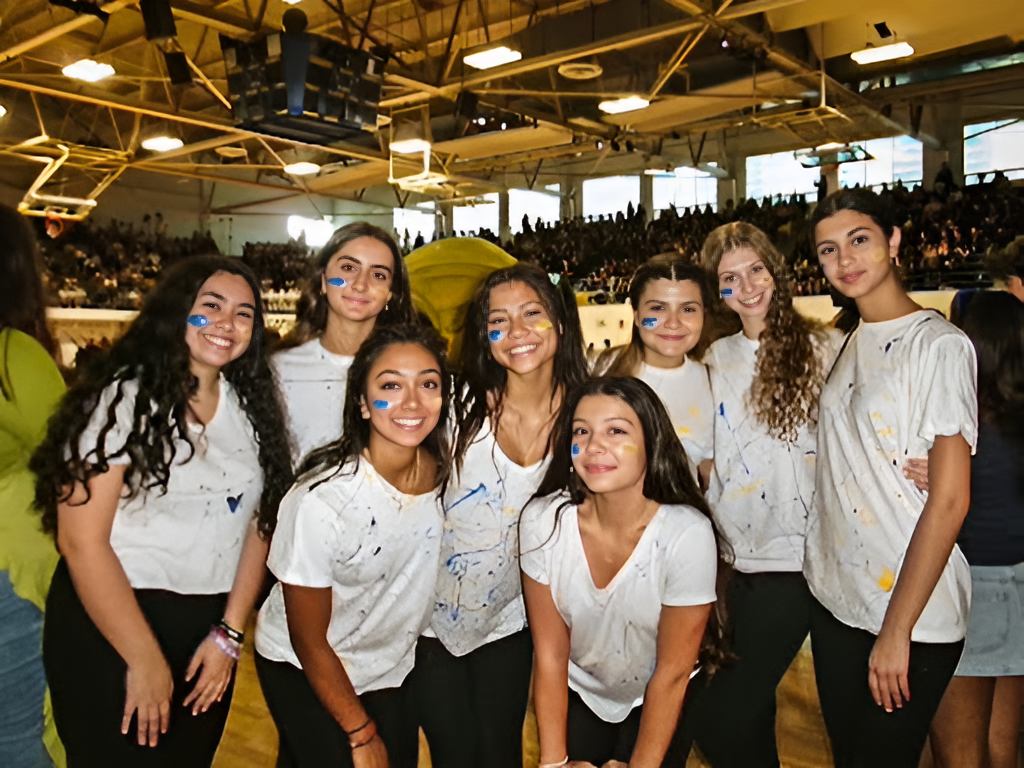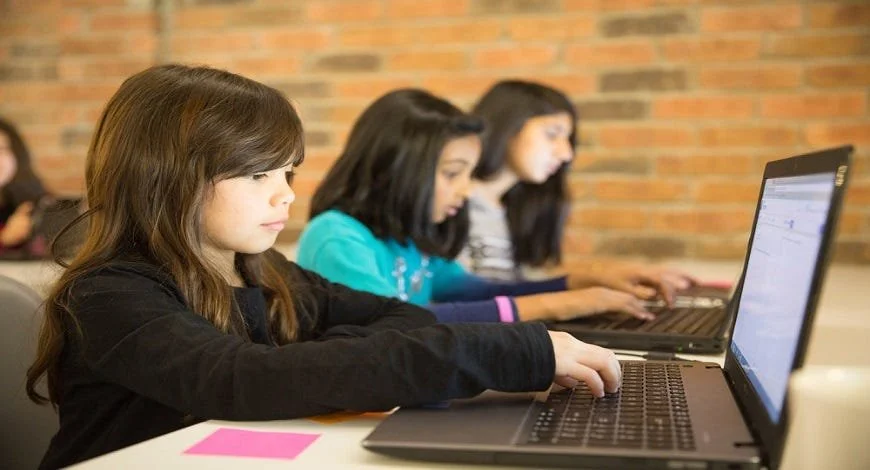As teens in the 21st century, technology is a big part of our everyday lives. As technology advances, so does the way people use it. AI, also known as Artificial Intelligence, being used in classrooms and workspaces is an example of this. There are ups and downs to AI being used in schools, but is it worth it?
For many students, AI isn’t just a convenience for homework and tests, but also a very useful learning tool. Many students can use AI as a helpful study guide and to have a better understanding of their work. AI can be very helpful by generating long explanations and breaking down each step especially in subjects such as math or science which many students struggle with. “In my 8th grade year, my science teacher assigned tons of practice questions for my upcoming EOC. I was having a lot of trouble and no matter what I did I couldn’t understand the assignment, but Copilot-AI helped me and even explained incorrect answers, why they were wrong, and gave me tips for future problems,” an anonymous student said.
Not only does AI help students with finishing assignments, but also teachers with lesson plans. According to Walden University, “Teachers who’ve tried AI have found that it can help make their jobs easier, from coming up with lesson plans to generating student project ideas to creating quizzes.” If teachers have assistance from AI, they will have more time to teach, grade, and overall be more involved with their students.
Although AI can be beneficial to schools, it can also have a negative impact. Students’ motivation may start lacking in schools with AI being within reach. It could start off as a simple usage of AI but students may find themselves overusing it. Students could begin to depend on AI more than they should, creating a lazy environment. “This negative perception of AI use can lead to lower learning engagement, as students may feel less motivated to participate in learning activities that are hindered by technical difficulties.” Min Zhou and Song Peng, two of the article writers for National Institutes of Health, reported, “With students lacking motivation in schools, teachers may begin to question if their job actually matters due to worrying what the future will look like with AI around.”
Another downside to AI is misinformation. AI chatbots are not designed to give accurate information.Social media platforms such as Snapchat have a featured AI that can be useful. However, when you ask that AI a question, it responds to your question with a subnote on the bottom that says, “My AI currently does not provide accurate information for events that occurred after December 2023. Please check other reliable sources for more up-to-date information.” Some people may rely on AI to give them accurate information, even though that is not its intended purpose. This may lead to a distribution of misinformation and cause inaccuracy and confusion among people.
With how quickly AI has affected millions of people all around the world, it is natural that people have a variety of views on the impacts that it has made. Some people consider AI as a helping hand due to assistance with studying, transparency with work, and helping teachers with limited planning time. On the contrary, others oppose this statement due to lack of motivation, and misinformation. Overall, AI can be both beneficial and negative to school, but this leaves us the question, what will AI look like in the future?




